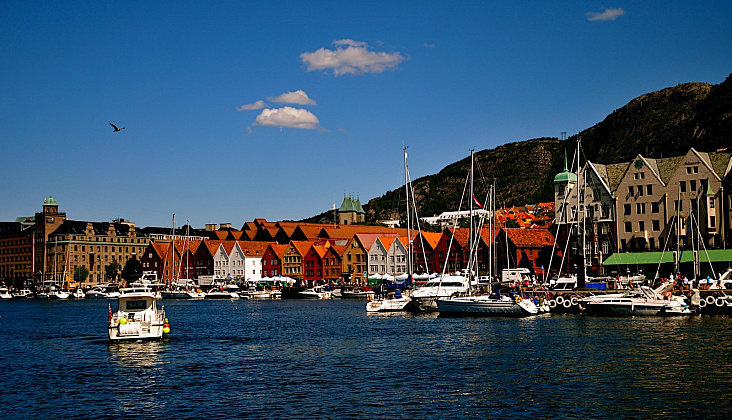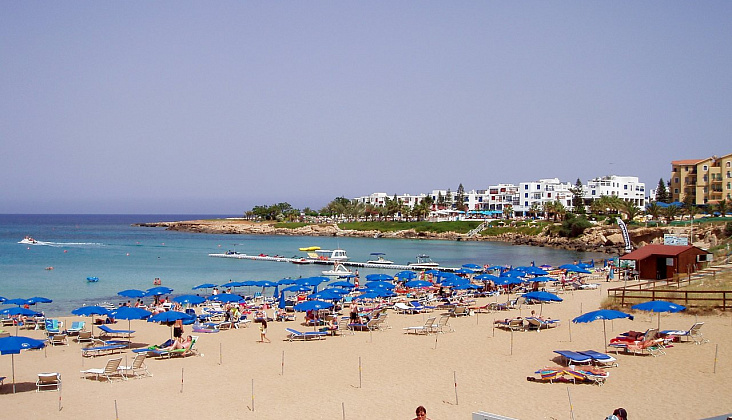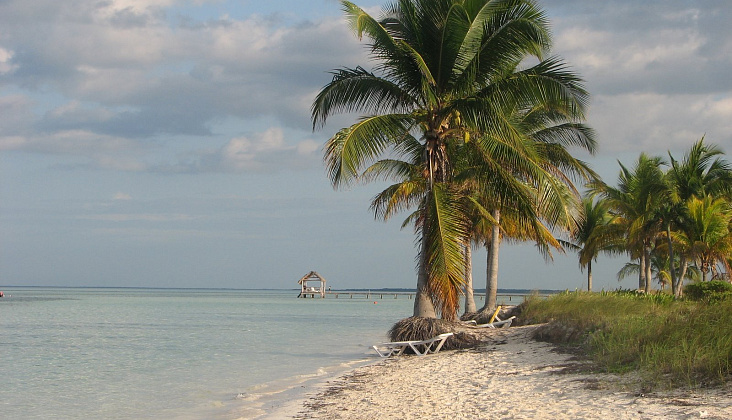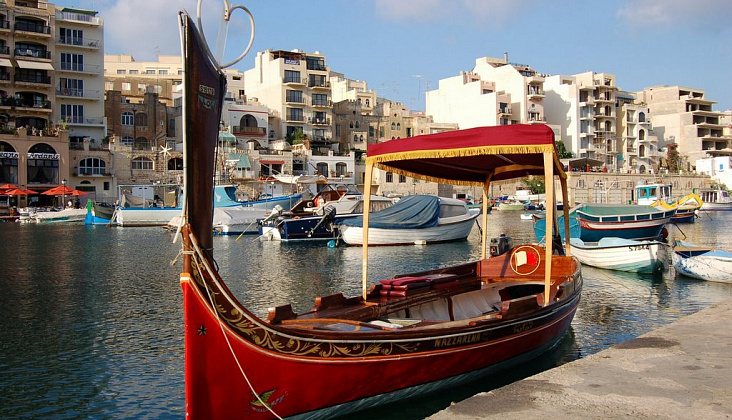Cayman Islands – Overseas Territory of Great Britain in the Caribbean
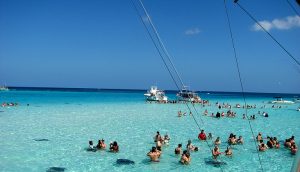 SHOPPING
SHOPPING
On the Cayman Islands – the mass of Duty free shops, where literally everything is sold, from fine emeralds to Cuban cigars and modern electronics. There are many tourist shops where you can buy T-shirts, hats, postcards and more.
WHERE TO STAY
Holidays in the Cayman Islands – the pleasure is quite expensive. A day at a 5 * hotel will cost an average of $ 300 or more, 4 * hotels ask for their services from $ 200 per night, a stay of 2-3 * will cost about $ 100 per day.
At the same time, outside the tourist season, the price level is reduced by 20-25%, while at the height of the season (December – April) prices for hotel accommodation increase by 50% or more.
SEA AND BEACHES
On the Cayman Islands, nature has created excellent conditions for a beach holiday: these are beaches with fine white sand, and a warm sea with the purest water and excellent snorkeling opportunities.
STORY
Cayman Brac and Little Cayman were discovered by Christopher Columbus on May 10, 1503, during the 4th expedition to the New World, when his ship turned west to “two very small and low-lying islands that were full of turtles”. That is why the islands were named Las Tortugas (Turtle Islands).
Since 1523, the Cayman Islands have been mapped on cards called “Lagartos”, which means “alligators” or “big lizards”. The name “Cayman Islands” has been used since 1530. The origin of this name is connected with a misunderstanding: European aliens saw large iguanas on the islands and mistaken them for crocodiles of caimans.
The first Englishman to visit the Cayman Islands was Francis Drake, who landed on the islands in 1586. From now on, the Cayman Islands, while remaining uninhabited, became an important intermediate point for ships sailing in the Caribbean, as provisions were replenished there (mainly they were hunting local turtles, which almost led to their total destruction).
According to the Madrid Treaty of 1670, control of the Cayman Islands was officially transferred to Britain, which controlled the islands through the governor of Jamaica. Prior to this, in 1661, the first settlements were founded on Little Cayman and Cayman Brac. However, in 1671, due to the frequent raids of Spanish privateers, the inhabitants of the Cayman Islands were resettled back to the island of Jamaica.
After that, only shipwrecked sailors, as well as pirates and debtors who had fled from their creditors, settled on the islands, mainly on Grand Cayman. Later several attempts were made to re-populate the Cayman Islands, however, they all failed: the permanent settlement on Grand Cayman appeared only in the 1730s, and Cayman Brac and Little Cayman were inhabited only from 1833.
The first census on the islands was held in 1802. According to her, 933 people lived on Grand Cayman, of which 545 were slaves. Before the abolition of slavery, about 950 slaves lived on the island, whose owners were 116 families.
On December 10, 1831, the first legislative assembly was elected, which issued the first law on December 31, 1831. Subsequently, the governor of Jamaica approved the creation of a legislative body of the Cayman Islands, consisting of 8 masters appointed by the governor of Jamaica, and 10 (later 27) elected by the population of the islands of deputies. In 1835 slavery was abolished in the Cayman Islands.
By the act of the British Parliament of 1863, the Cayman Islands officially became dependent territory of Jamaica, although they were more like the district of Jamaica, with appointed justices of the peace and elected members of the legislative assembly. From 1750 to 1898, the head of the Cayman Islands was appointed by the governor of Jamaica. Since 1898, an island commissioner has been appointed governor of Jamaica.
In 1959, after the creation of the West Indies Federation, the Cayman Islands ceased to be a dependent territory of Jamaica, although the governor of Jamaica remained the governor of the Cayman Islands. After Jamaica acquired independence in 1962, Cayman Islands residents expressed a desire to remain under the tutelage of the British crown. As a result, an administrator was appointed in London, endowed with functions previously performed by the Governor of Jamaica.
In 1953, the first airstrip and the Georgetown State Hospital was opened in the Cayman Islands. Soon, the islands opened the office of the largest British joint-stock commercial bank Barclays Bank. In 1959, the Cayman Islands had their own constitution, which for the first time granted voting rights to women. In 1992, several amendments were made to the constitution, in particular, the post of chief secretary, which was abolished in 1986, was restored.
Despite the fact that the Cayman Islands have ceased to be a dependent territory of Jamaica, close ties remain between the countries: a single church, a diocese, until 1972 – a single currency.
